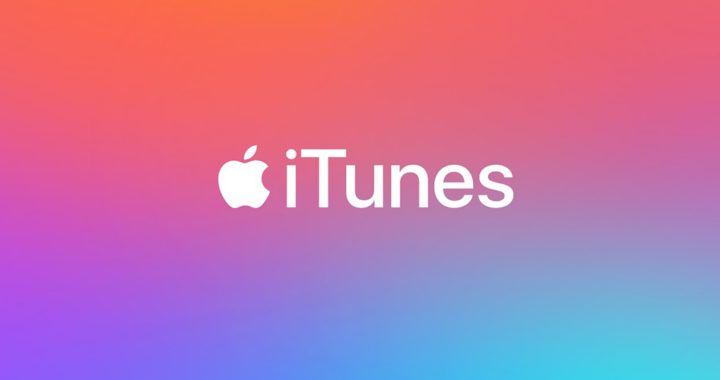On 3 June 2019, Apple Inc. announced during the 2019 WWDC that it would break up iTunes with the release of macOS Catalina into several applications for Apple Music, Apple Podcasts, and Apple TV, thus effectively killing the renowned media player and multimedia content management application after 18 years.
Understanding the Legacy of iTunes: Accomplishments and Contributions
iTunes remains as one of the most remarkable products of Apple. Launched in 2001 as a simple music player, it eventually evolved into a multimedia content manager, hardware synchronization manager, and an electronic commerce platform for purchasing digital contents such as music, podcasts, audiobooks, and films.
It was a game-changer and a market disruptor. One of the contributions and thus, a key legacy of iTunes is that it complemented the iPod line of portable media players. The application serves as a platform for managing the contents and data of the iPod, as well as for purchasing contents both for the portable media player and the macOS device.
Essentially, it helped ushered in the era of digital music and was influential in directing the business models of recording companies. Note that Apple launched the specific storefront of iTunes called the iTunes store on 28 April 2003. During its first 18 hours, it sold about 275000 tracks and more than 1 million after the first five days.
Other accomplishments of the application include reaching one million downloads in October 2003 and selling 25 million songs by December 2003. A year after its introduction, Apple announced that it already sold 70 million songs and had dominated the paid online music market.
The shares of digital music and CDs in the United States market were almost equal in 2004. The Apple storefront was responsible for selling more than 70 percent of the market share for legally obtained digital music.
Based on the aforementioned, another legacy of iTunes is that it changes the distribution model of the music industry by promoting digital music. The application had done this by capitalizing on the established marketing strategy of Apple, including the favorable reputation of the company and the massive popularity of iPod devices.
It also helped in reducing digital music piracy. Researchers S. Den Uijl, H. J. De Vries, and D. Bayramoglu explained that the popularity of purchasing digital music via the iTunes Store promoted the utilization of data rights management. Note that Apple restricted purchased song playback to its products such as the iPod.
Summary and Takeaway: The End of An Era
The success of iTunes, as well as the iPod, introduced and reinforced many trends in the music recording and consumer electronic industries. The application complemented the sales of iPod devices, and thus, its introduction demonstrated the effectiveness of the emerging Apple ecosystem, and of course, the effectiveness complements as a product strategy.
It also disrupted the music industry by popularizing digital music. The storefront is also one of the pioneers in electronic commerce, particularly in selling digital contents online. It further helped manage digital music piracy by giving consumers an easier and legal way to obtain and download music.
iTunes essentially normalized the purchase and consumption of digital contents. However, its announced demise marked an end of an era. In 2014, Apple noted a 13 percent drop in music download sales via the storefront. Sales continued to drop the following years due to the emerging popularity of music and media streaming services.
Contents are now streamed from the cloud through a subscription-based model instead of a single-payment method. Some noteworthy examples of successors to the legacy of iTunes are the music streaming service Spotify and the video streaming service Netflix, as well as the very own streaming service of Apple, notably the Apple Music.
Apple later announced the discontinuation of the iPod on 10 May 2002. Both the iconic products were undeniably instrumental in driving the digital music toward mass popularity and improving the sales performance of the entire music industry. Furthermore, despite the death of the two, both the iPod and the iTunes were also critical in making Apple a global brand and a household name.
FURTHER READINGS AND REFERENCES
- Apple Inc. 2003, December 15. “iTunes Music Store Downloads Top 25 Million Songs.” Apple Newsroom. Apple Inc. Available online
- Den Uijl, S., De Vries, H. J., and Bayramoglu, D. 2015. “The Rise of MP3 as the Market Standard: How Compressed Audio Files Became the Dominant Format.” In ed. K. Jakobs, Modern Trends Surrounding Information Technology Standards and Standardization within Organizations. PA: Information Science Reference
- Karp, Hannah. 2014, October 24. “Apple iTunes Sees Big Drop in Music Sales.” The Wall Street Journal. Available online
- Markoff, J. 2004, April 29. “Apple Sells 70 Million Songs in First Year of iTunes Service.” The New York Times. Available online
- The Wall Street Journal. 2003, May 5. “Apple’s Online Music Store Makes Strong Debut.” The Wall Street Journal. Available online

